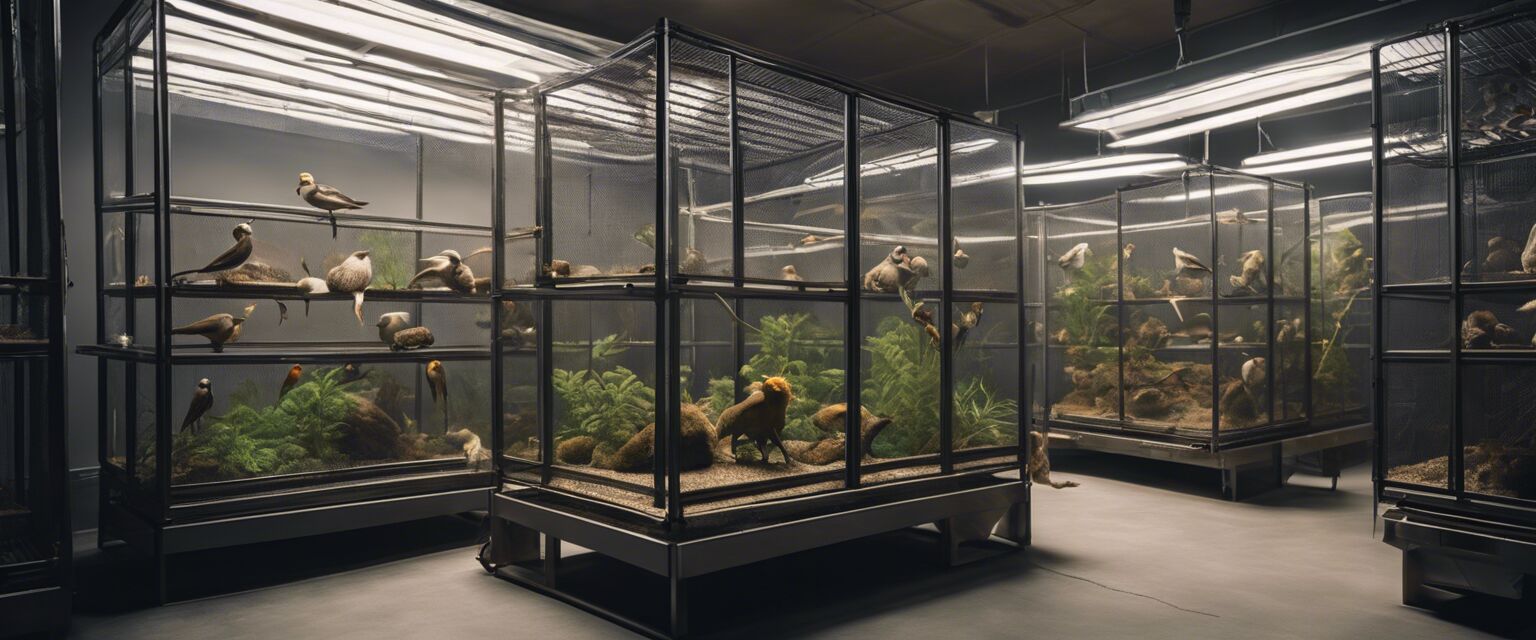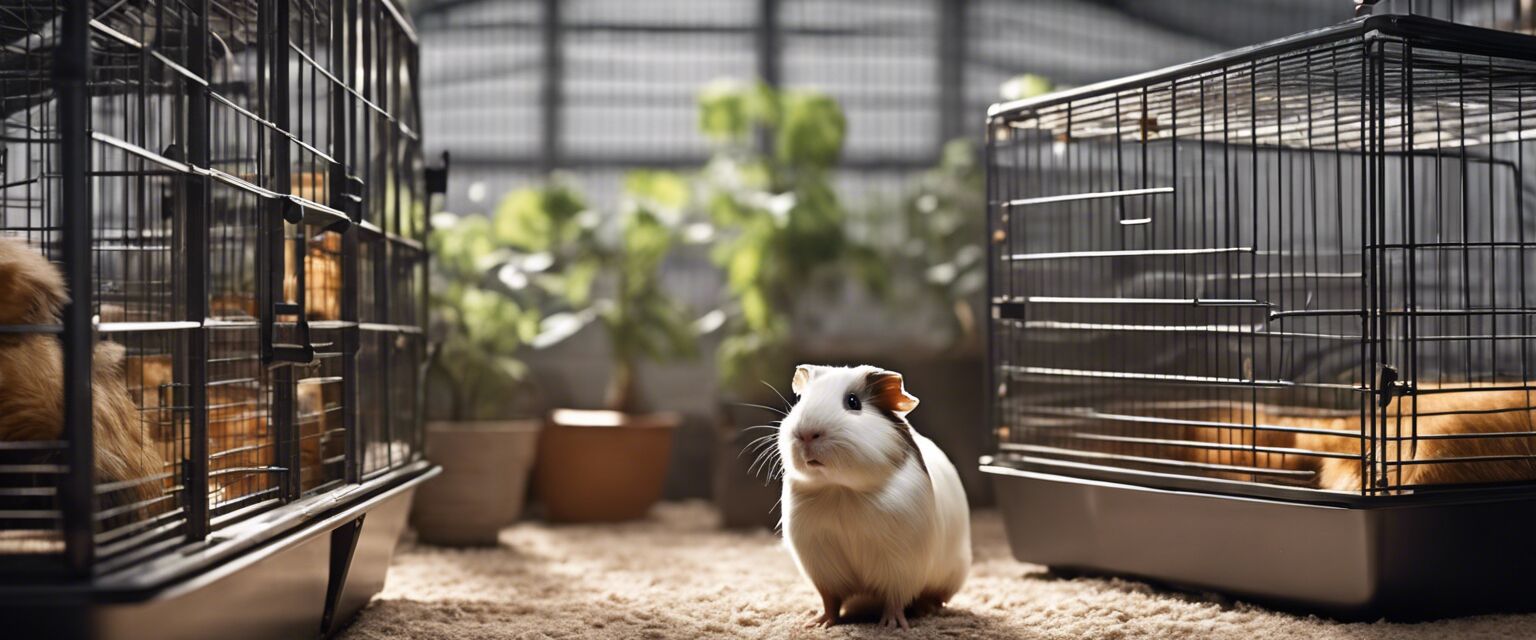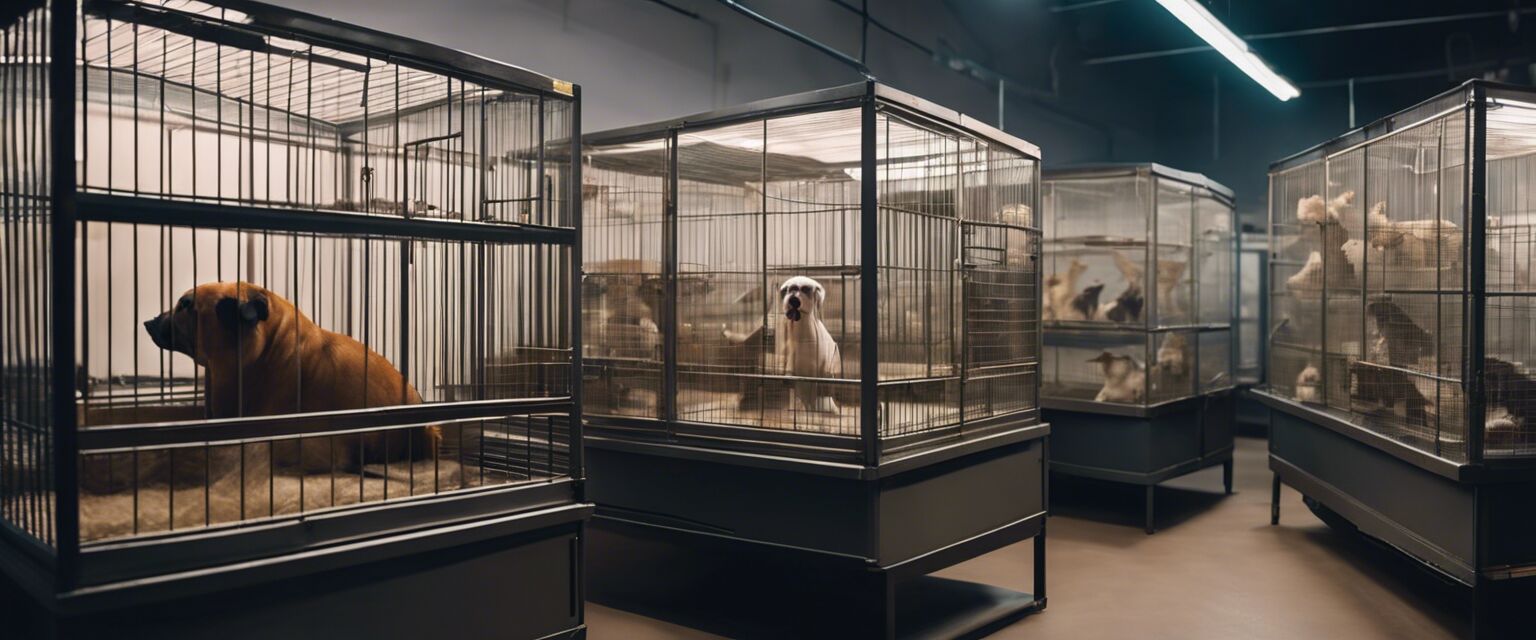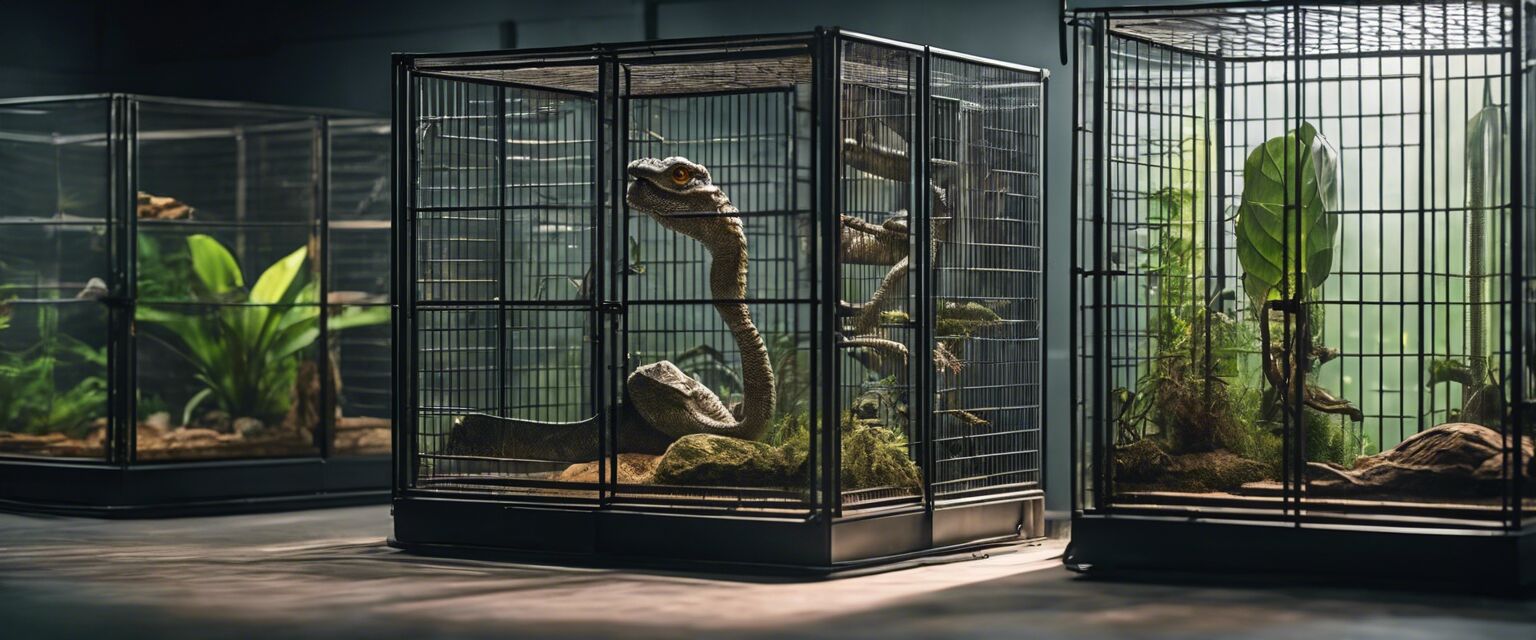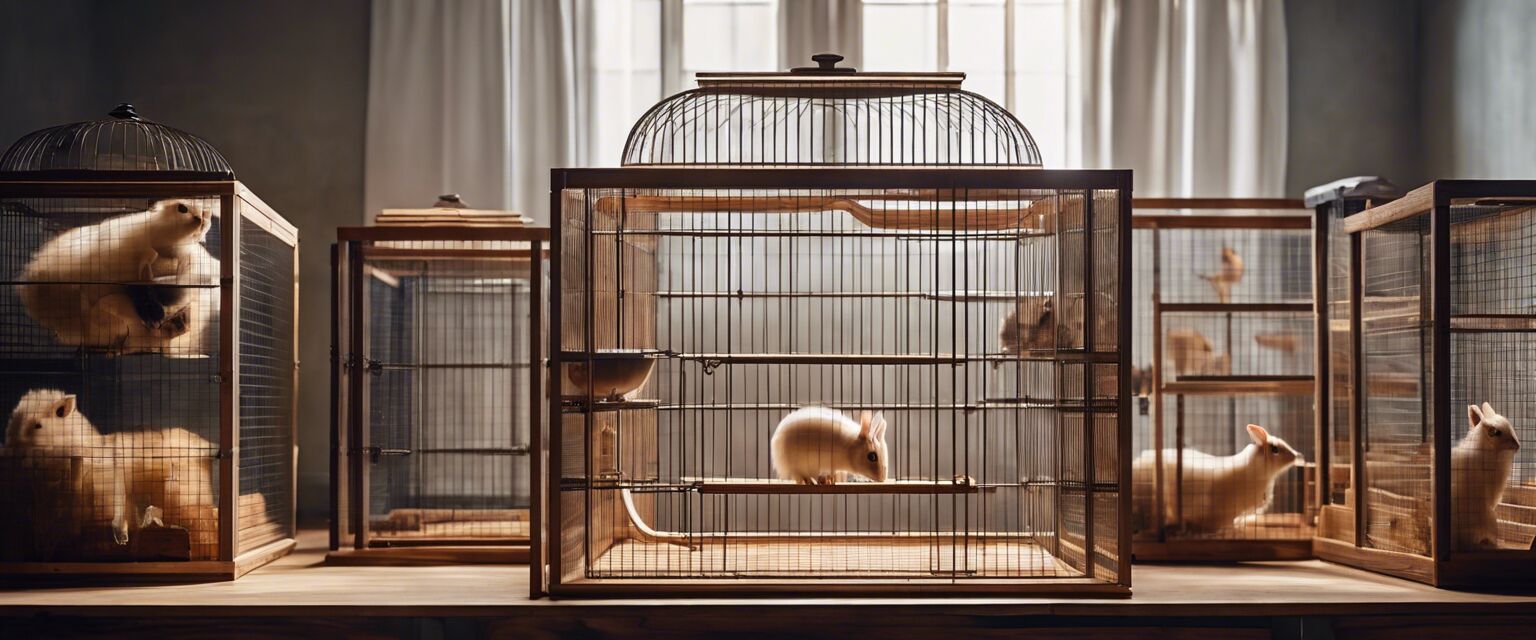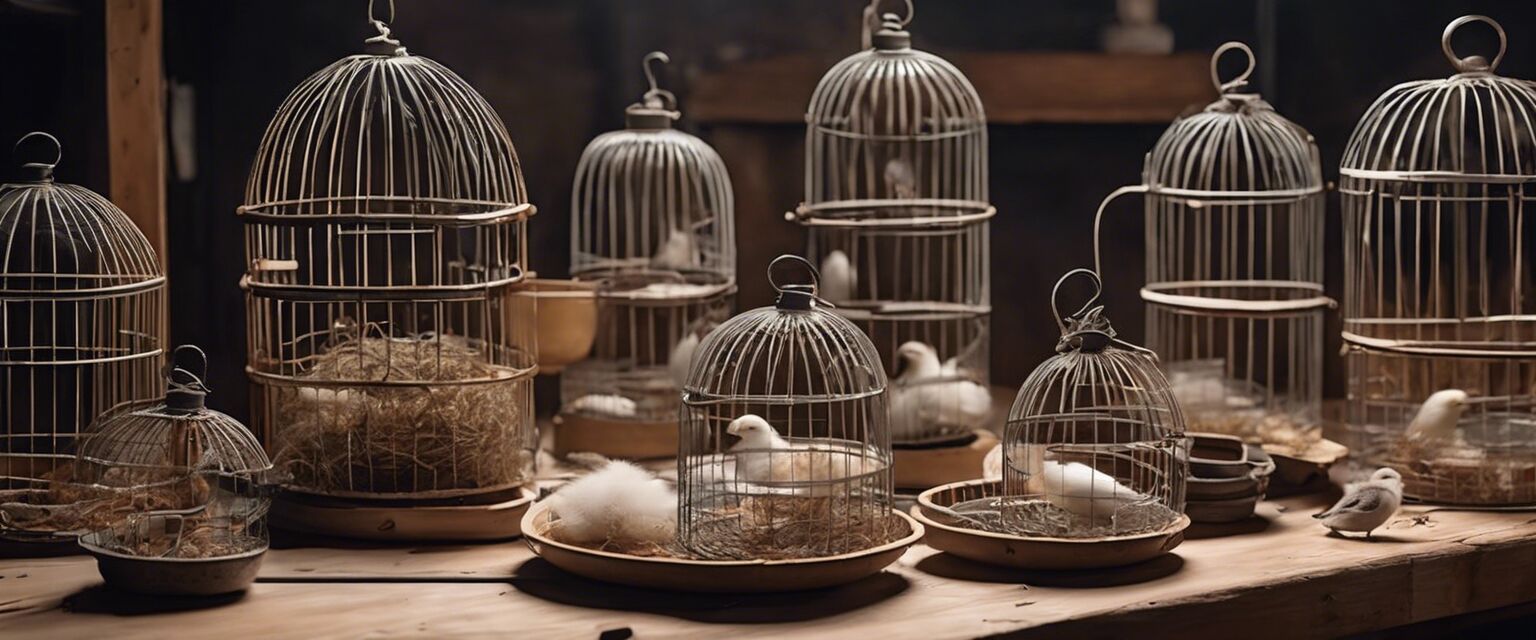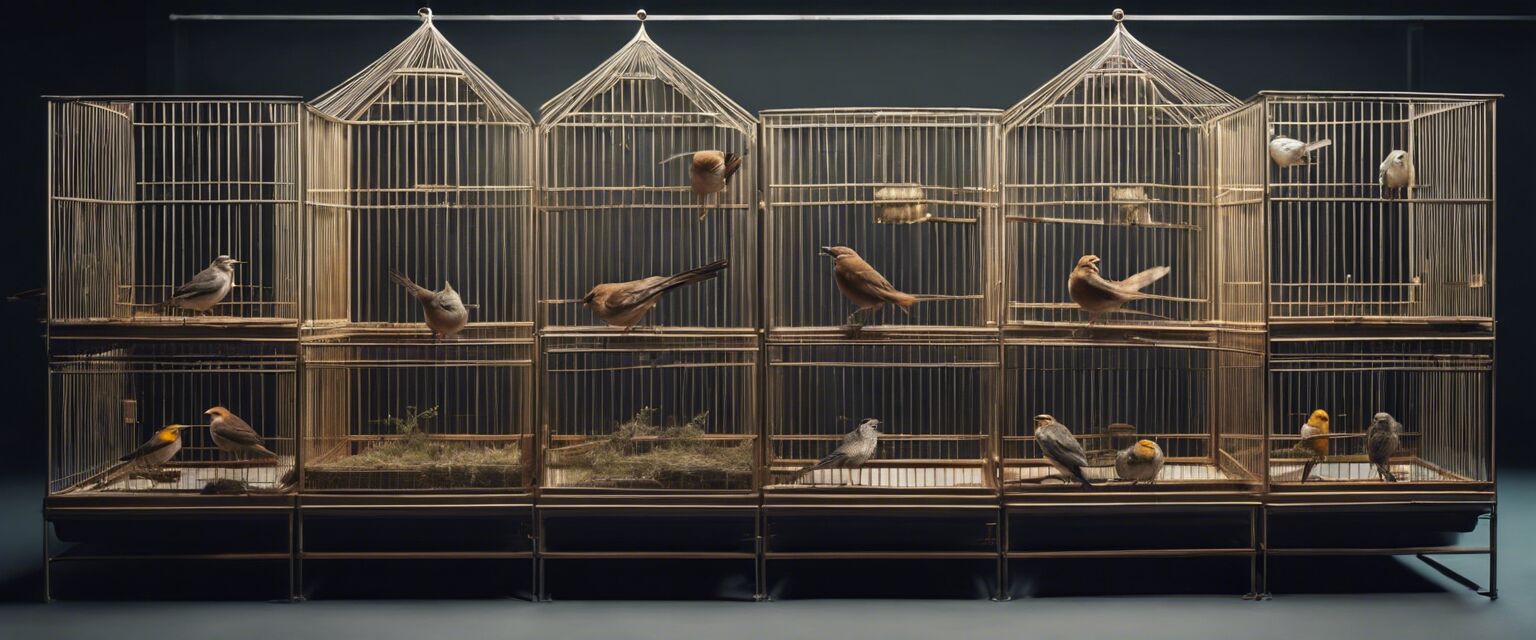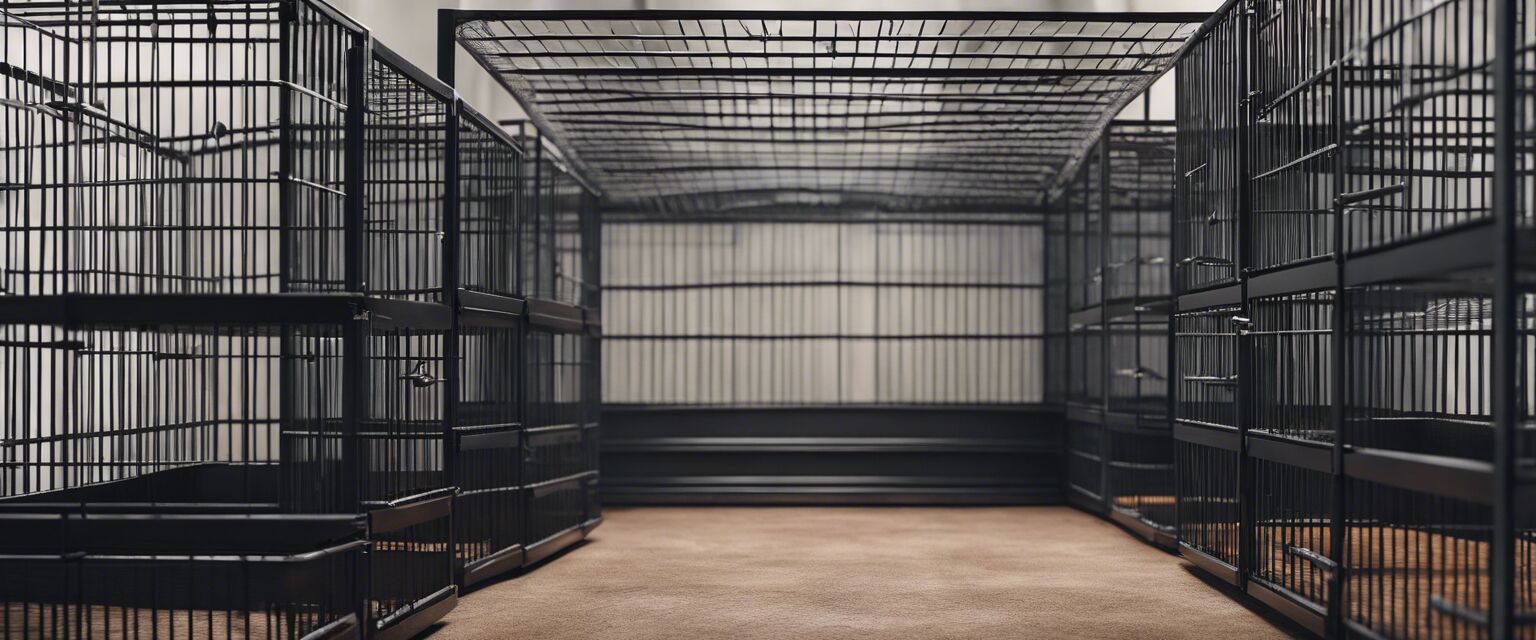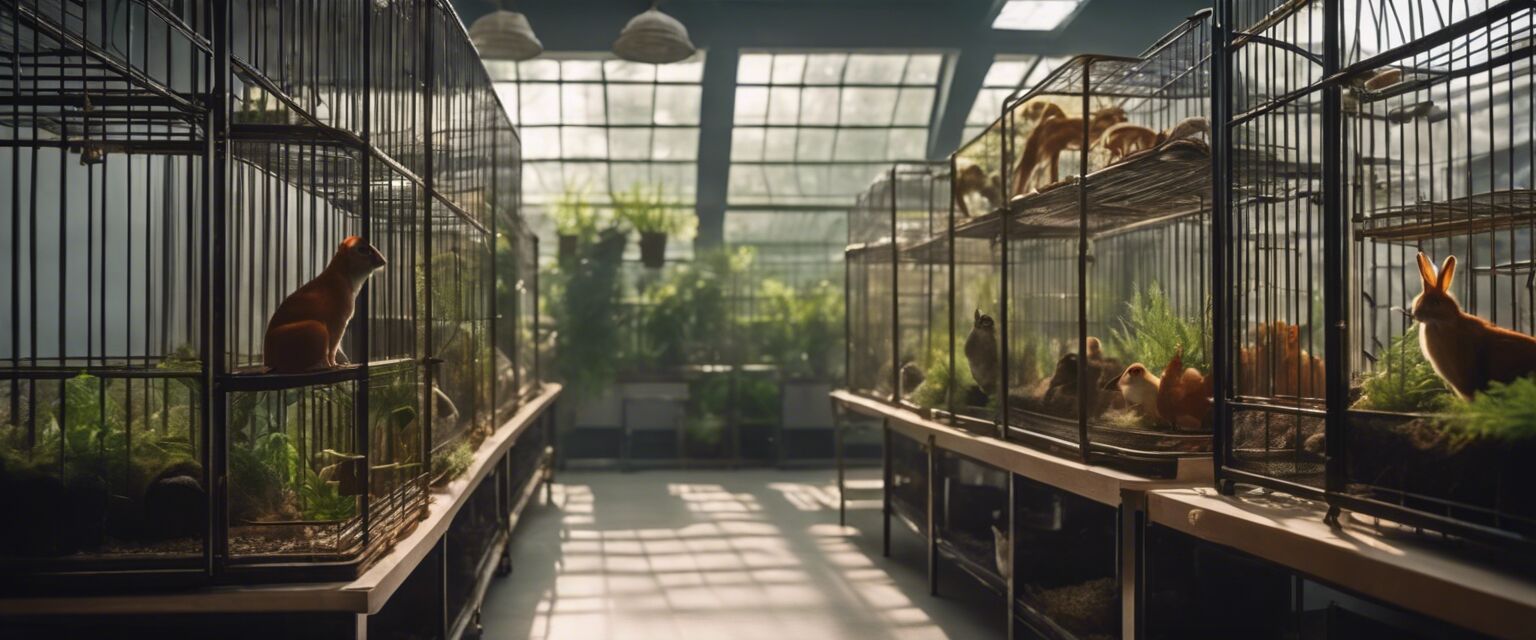
Breeding Cage Setup
Setting up a breeding cage effectively is crucial for the health and well-being of the animals you wish to breed. This comprehensive guide covers everything you need to know about creating a suitable environment for your breeding animals, including various species and their unique requirements.
Key Takeaways
- Choose the right type of breeding cage based on the species.
- Ensure proper ventilation and lighting for the cage.
- Maintain adequate temperature and humidity levels.
- Provide necessary bedding and enrichment items.
- Monitor health and behavior regularly.
Understanding Your Breeding Animals
Before setting up a breeding cage, it is essential to understand the specific needs of the animals you plan to breed. Different species have unique requirements in terms of space, temperature, and habitat features.
Common Species and Their Requirements
| Species | Minimum Cage Size | Temperature Range (°F) | Humidity Level |
|---|---|---|---|
| Birds | 24" x 24" x 36" | 70 - 80 | 40 - 60% |
| Reptiles | 36" x 18" x 18" | 75 - 90 | 30 - 50% |
| Mammals | 30" x 30" x 36" | 65 - 75 | 40 - 60% |
| Fish | 10 gallons | 75 - 80 | Varies by species |
Choosing the Right Breeding Cage
When selecting a breeding cage, consider the following factors:
- Material: Choose a durable and safe material for your animals.
- Size: Ensure the cage is spacious enough for breeding and movement.
- Accessibility: Look for cages that are easy to clean and access.
Types of Breeding Cages
Here are some common types of breeding cages:
- Bird Cages: Designed for various bird species with appropriate perches and toys.
- Reptile Enclosures: Provide heat sources and hiding spots for reptiles.
- Fish Tanks: Offer proper filtration and aeration systems for aquatic species.
For more information on different types of cages, check our Bird Cages and Reptile Enclosures pages.
Setting Up the Cage
Follow these steps to set up your breeding cage:
- Clean the Cage: Ensure it's free from old bedding and waste.
- Add Bedding: Use safe materials depending on the species, such as aspen shavings for small mammals or coconut fiber for reptiles.
- Include Enrichment: Add toys, branches, or plants to stimulate natural behaviors.
- Monitor Temperature and Humidity: Use thermometers and hygrometers to maintain ideal conditions.
Example of a Well-Set Breeding Cage
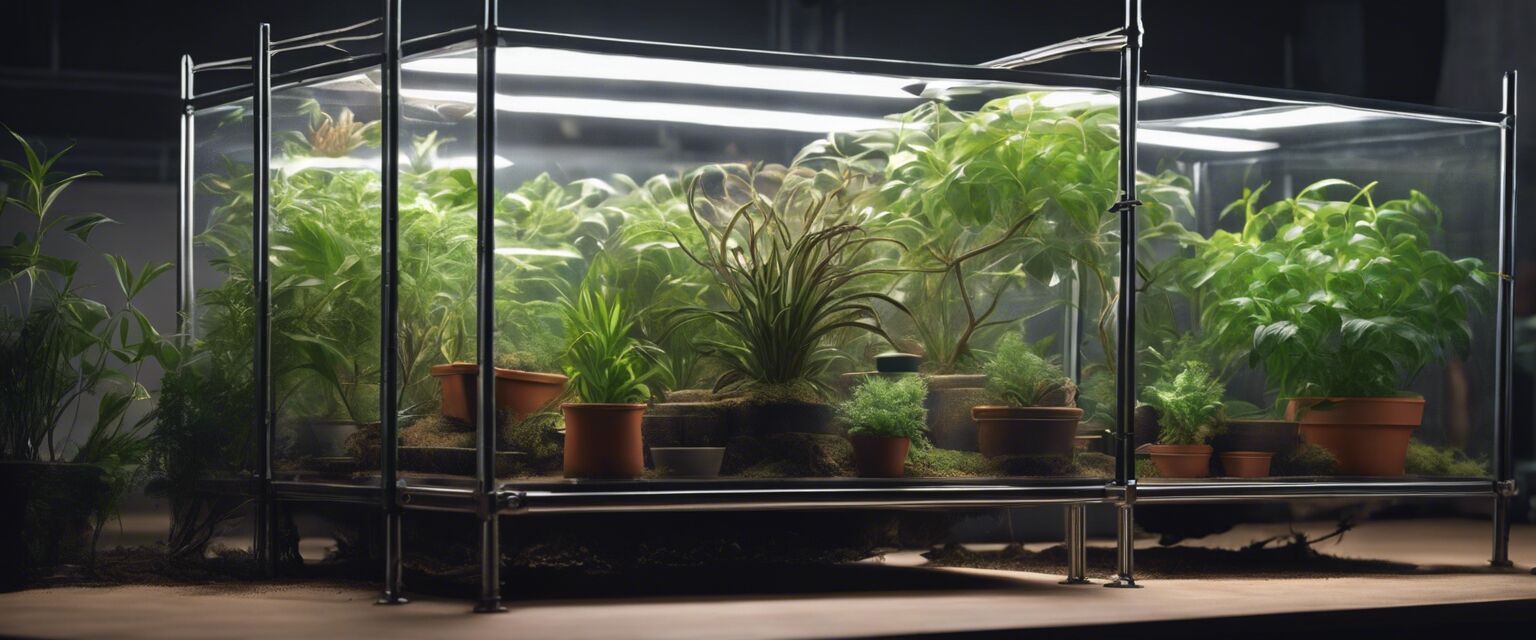
Feeding and Care
Proper nutrition and care are vital for breeding success. Research the dietary needs of your specific species and ensure they have access to clean water at all times. Regular health checks will help identify any potential issues early.
Monitoring Breeding Behavior
Keep a close eye on the breeding behaviors of your animals. Signs of successful mating include:
- Increased vocalization in birds.
- Building of nests in mammals.
- Increased activity in reptiles.
Maintaining the Cage
Regular maintenance is essential for a healthy breeding environment. Here are some tips:
- Clean the cage weekly to prevent the buildup of waste.
- Replace bedding regularly to ensure hygiene.
- Monitor food and water supplies daily.
Common Issues and Solutions
| Issue | Symptoms | Solution |
|---|---|---|
| Pests | Visible bugs or larvae | Clean and treat with safe insecticides |
| Stress | Excessive vocalization or hiding | Provide more enrichment and reduce disturbances |
| Health Problems | Loss of appetite or lethargy | Consult a veterinarian |
Pros
- Customizable setups for various species
- Encourages natural behaviors
- Allows for monitoring of breeding success
Cons
- Initial setup can be costly
- Requires regular maintenance
- Specific needs for different species
Conclusion
Setting up a breeding cage can be a rewarding endeavor when done correctly. By understanding the specific needs of your animals, selecting the appropriate setup, and maintaining a clean and stimulating environment, you can ensure successful breeding. For more related information, check out our sections on Amphibian Vivariums and Small Animal Habitats.
Additional Resources
For further assistance and tips, explore our Insect Habitats and Fish Breeding Tanks pages for specialized information.
Visual Reference
